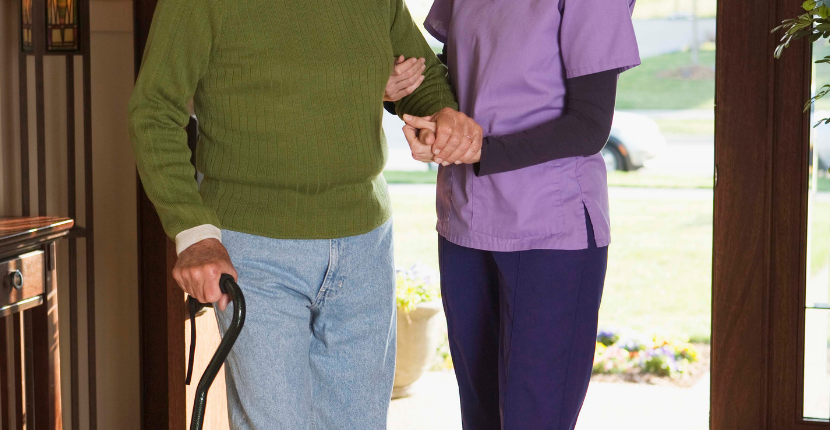Older adults are at an increased risk of falling. With thousands of documented cases of geriatric falls every year, it is imperative that older adults and their loved ones utilize fall risk assessment tools to stay healthy and safe. Falling results in minor or fatal injuries, so it is crucial to have a solid understanding of the different fall risk assessment tools. These tools are readily available for the public to use to evaluate how much of a risk a loved one is at for a fall. Below details three of these necessary tools.
Morse Fall Risk Assessment Tool
In 1985, Janice Morse created the Morse Fall Scale. This scale gauges a person’s risk of falling by evaluating six key factors. These factors include mental status, gait, intravenous therapy, use of ambulatory aids, secondary diagnoses, and any previous history of falls. This assessment tool works by rating each factor as a, “yes” or a “no,” and then assigning the factor a point value. Once these point values are added together, older adults are categorized as being a high fall risk, a medium fall risk or a low fall risk.
Hendrich II Fall Risk Model
Ann Hendrich designed the Hendrich II Fall Risk Model in 2003. Unlike the Morse Fall Risk Assessment tool which evaluates six key factors, the Hendrich II Fall Risk Model assesses eight key factors. These factors include symptomatic depression, confusion, disorientation and impulsivity, altered elimination, male sex, dizziness and vertigo, administration of benzodiazepines, administration of antiepileptics, and poor performance in the “Get-Up-And-Go.” Similarly, the Hendrich II Fall Risk Model assigns points to each factor to determine the level of risk an older adult is at for falling.
Johns Hopkins Fall Risk Assessment Tool
Lastly, Johns Hopkins Medicine developed the Johns Hopkins Fall Risk Assessment Tool in 2005. This fall risk assessment tool evaluates seven critical key factors, including age, previous fall history, medications, elimination, cognition, mobility, and use of patient care equipment. Like the Morse and Hendrich II Fall Risk Assessment tools, the Johns Hopkins Risk Assessment Tool also assigns points to each of the seven factors to determine a person’s fall risk score.
Click here if you or a loved one is at an increased risk of falling, or visit Freedom Home Care, a home care agency in Highland Park, IL dedicated to the support of life and human value. Freedom Home Care offers exceptional care to boost patent’s quality of life.




